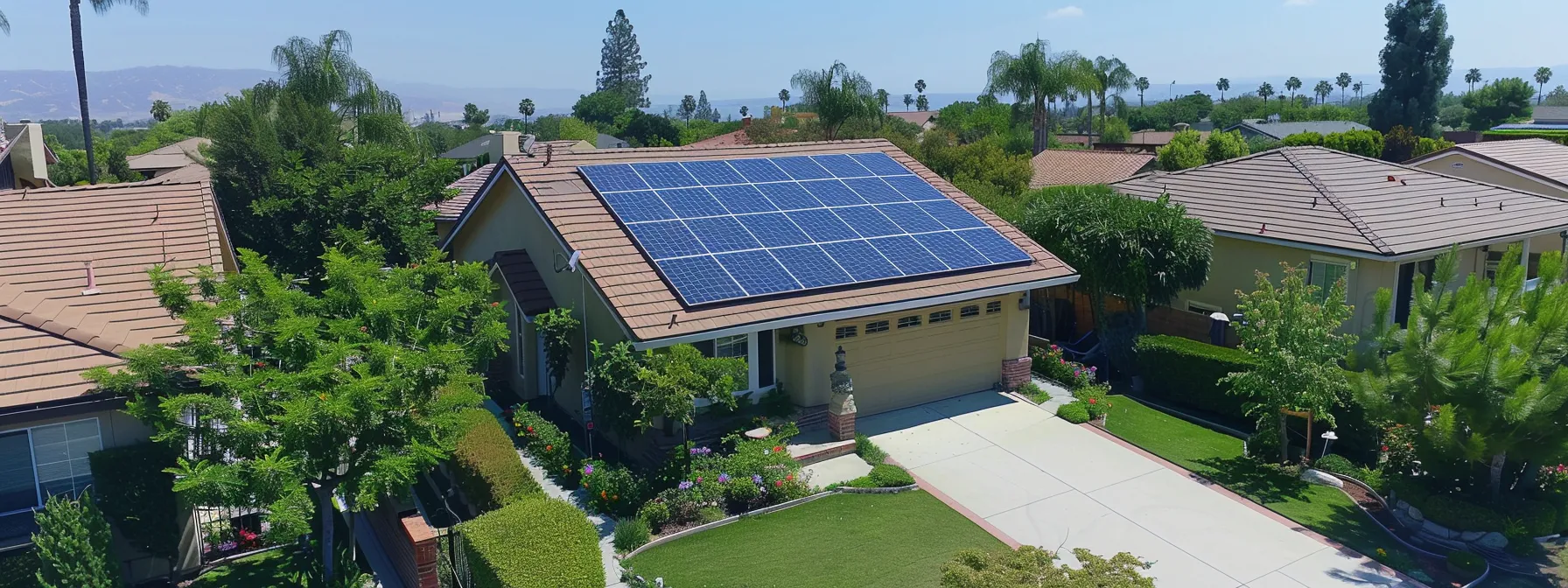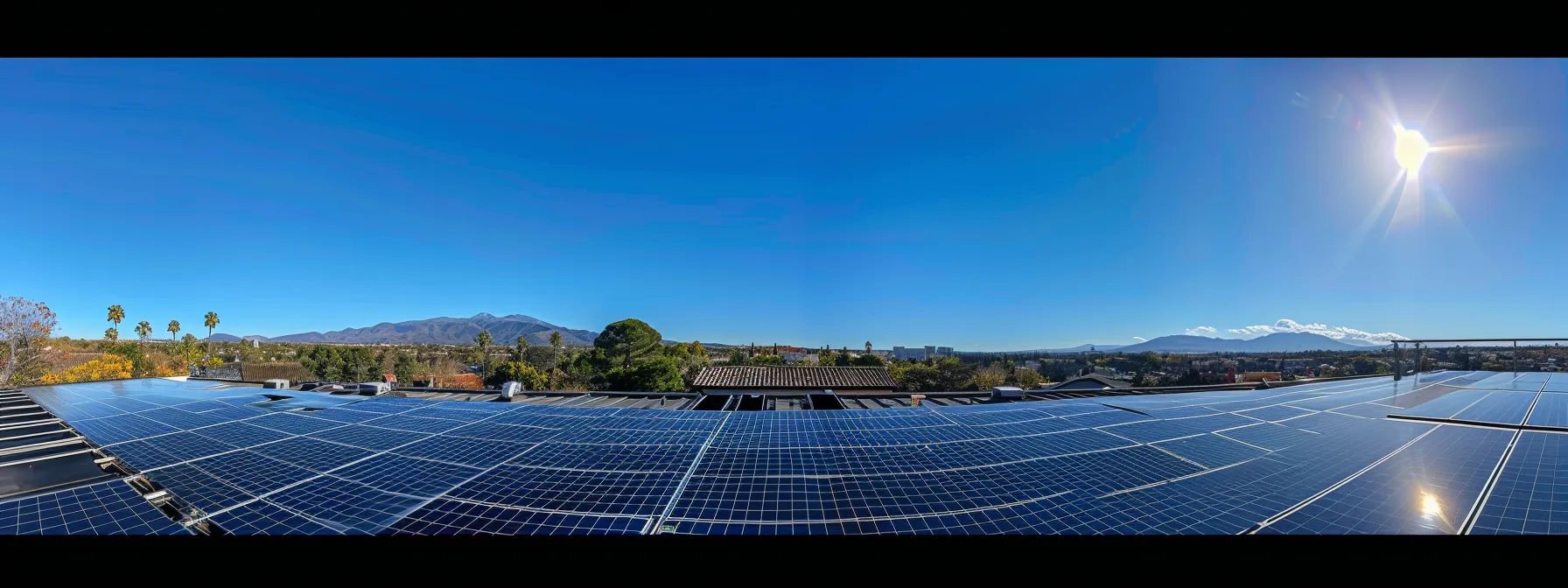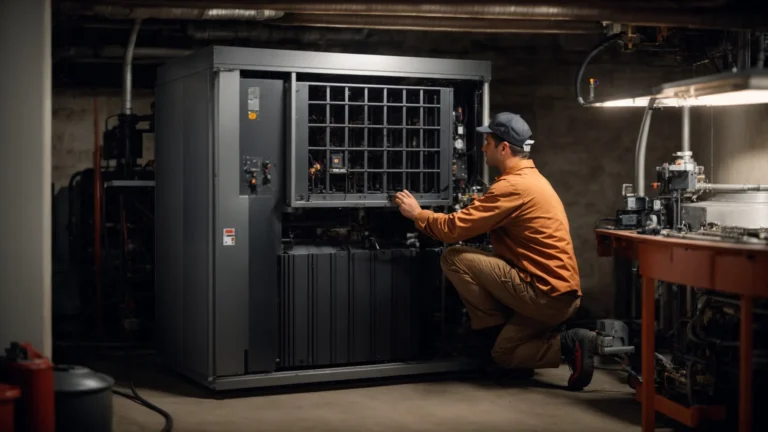Unlocking Solar Potential: Financing Options for Homeowners and Businesses
The shift towards renewable energy is accelerating, with solar power at the forefront of this transformation. As homeowners and businesses look to reduce their carbon footprint and utility costs, solar energy emerges as a viable solution. However, financing a solar installation can be a significant barrier. Exploring the various financing options available can make solar energy accessible to a wider audience. Below, we delve into the intricacies of solar financing, providing the information needed to make an informed decision.
Unlocking Solar Potential: Exploring Financing Options for Sustainable Energy Investments

Investing in solar energy is not only a step towards sustainability but also a financial commitment. For many, the initial cost of solar panel installation can be daunting. However, numerous financing options have sprung up to address this challenge. Solar loans, leases, and power purchase agreements have become popular methods to defray upfront costs, enabling more people to harness the power of the sun.
Each financing option presents unique benefits and considerations. Loans allow homeowners and businesses to own their solar systems outright once paid off, potentially increasing property value and offering long-term savings. Leasing, on the other hand, offers a lower initial commitment, making it an attractive option for those who prefer not to take on debt.
Collaborating with a reputable solar financing company is crucial for anyone considering investing in solar. The right partner can guide you through the array of available financial products, interest rates, and repayment terms, tailoring a solution to meet your individual energy needs and financial situation.
Leasing Solar Panels: A Cost-Effective Alternative for Homeowners and Businesses

Leasing solar panels is another avenue for accessing the benefits of solar energy without the responsibility of ownership. In solar leasing arrangements, a company installs panels on your property, and you pay a monthly fee for the energy they generate. This model often results in reduced energy bills from the start, with no large upfront investment required.
One key advantage of leasing is that the solar company retains ownership of the system, typically taking responsibility for maintenance and repairs. This arrangement can provide peace of mind for those who want to avoid the potential complexities of system upkeep. The lease term usually spans 20-25 years, near the expected lifespan of most solar panels.
However, it’s important to note that while leasing can lead to immediate savings, it may not offer the full financial benefits of system ownership. For instance, since the leasing company owns the panels, it claims any available tax credits and incentives. Additionally, lease contracts may include annual price escalators, which can impact long-term savings.
Understanding Power Purchase Agreements (PPAs) in Solar Energy Financing

PPAs present an innovative way to finance solar installations without upfront capital. In a PPA, a solar provider installs panels on your property at no initial cost, and you agree to purchase the power they generate at a set rate. This rate is often lower than the local utility’s price for electricity, which can result in immediate savings on energy bills.
PPAs share some similarities with leases in that the solar provider is typically responsible for the system’s maintenance and performance. These agreements usually last for about 20-25 years, offering a stable and predictable cost for the electricity produced. For businesses, PPAs can be particularly attractive because they can turn what would be a capital expense into an operational expense.
One of the distinctive advantages of a PPA is the potential for cost savings over the life of the agreement, as traditional utility rates may rise, but the rate within a PPA is contractually set. This can provide significant economic benefits in regions with high or volatile electricity prices.
Navigating Government Incentives and Tax Credits for Solar Installation
Understanding and taking advantage of government incentives can significantly decrease the financial burden of solar panel installation. Various federal, state, and local incentives exist, such as the Investment Tax Credit (ITC), which allows for a percentage of the system’s cost to be credited against the taxpayer’s income tax. This incentive has been instrumental in boosting the adoption of solar energy across the United States.
State-level incentives can also play a critical role in solar energy investment. These may include additional tax credits, rebates, or renewable energy certificates that can be sold to utilities to meet renewable energy requirements. Each state has its own set of programs, and staying informed about these incentives is crucial for maximizing your investment.
Overall, the myriad of solar financing options and government incentives available today make adopting solar power more feasible than ever before. By educating oneself on the different methods and seeking the right partnerships, the goal of sustainable and cost-effective energy is within reach. As the industry continues to evolve, the potential for innovation in financing will likely grow, further supporting the transition to a cleaner energy future.









